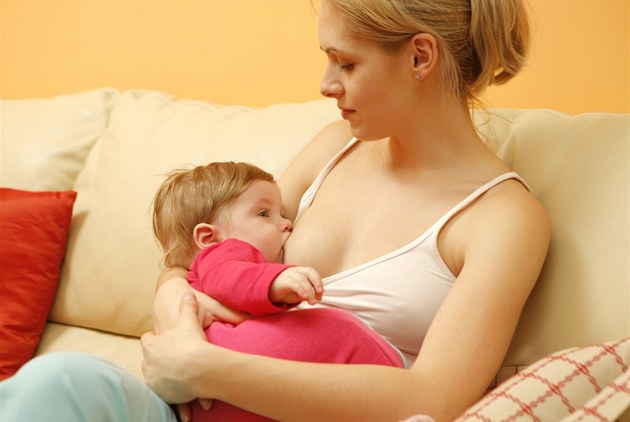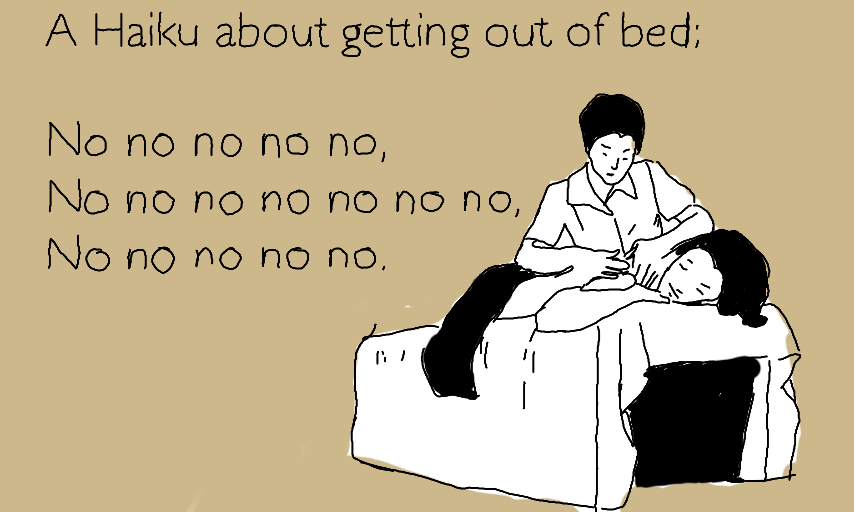Can you take baby food through airport security
3 Easy Tips to Meet The TSA Baby Food Guidelines
October 20, 2020 By Alexandra Maloney
Signing up for credit cards through partner links earns us a commission. Terms apply to the offers listed on this page. Here’s our full advertising policy: How we make money.
Bringing your little one along for a trip is a great way to bond and make lifelong family memories. Flying with your baby doesn’t need to be intimidating or stressful, and neither does getting their food through TSA. Your baby’s food is the most important thing you’ll travel with, and you’re permitted to bring frozen and bottled breast milk, as well as juices and formula for your baby on planes. All you need to do is plan ahead and budget more time at the airport!
TSA policies regarding baby food
TSA allows baby food in your carry-on bag — don’t leave your child’s food in your checked bag and risk it all getting lost in transit! Pack your formula, breast milk or juice in TSA pouches. When you arrive at TSA with your carry-on full of baby food, be sure to inform the TSA agent that you are traveling with the food before you begin your screening process. TSA will ask you to take these items out of your bag and will screen them through a separate process.
All formula, breast milk and juice will go through an X-ray screening process, the same one as your checked bag. TSA may need to test your liquids for explosives or concealed prohibited items and may request you to open them. If you don’t want your baby food open, you can deny this request — additional steps will be taken by TSA to ensure they’re safe for travel without opening.
Formula, breast milk and juices are an exemption under the 3-1-1 liquids rule for flying. This means that you can bring them in quantities greater than 3.4 oz, which is not the case for most other liquids going through TSA. Additionally, TSA allows ice packs and freezer packs for the purpose of freezing baby food — you can line a cooler bag with these to keep your baby food fresh!
If you’re flying with a toddler, you can bring gel or liquid-filled teethers, canned, jarred, and processed food along in carry-on baggage.
Tips for getting baby food through TSA without hassle
Make traveling with baby food quick and easy!
Determine how much food you’ll need to travel with in advance
No one knows your baby better than you — you know when your baby needs to eat! Before your trip, think about how long you’ll be gone, how many times and the amount your baby eats per day. Plan to bring at least this much food for your trip!
For parents that pump, consider pre-pumping and freezing some breast milk, and bring your pump with you to supplement the rest. For parents using formula, pre-package your baby’s food in TSA baby food pouches and store them away for the trip.
Pack your baby food well & keep it with you
TSA allows ice packs, freezer packs and the like for baby food — take advantage of this! Make sure you’re packing your cooler bag tightly and putting as many of these as you need inside to keep your food frozen.
Since baby food is allowed in your carry-on bag, be sure to keep your eye on it at all times. Don’t let it leave your sight when it’s going through TSA or in the airport in general — your baby needs it and unless you’re on a very short flight, they’ll probably need to eat on the plane.
Don’t let it leave your sight when it’s going through TSA or in the airport in general — your baby needs it and unless you’re on a very short flight, they’ll probably need to eat on the plane.
Insider Tip: Some airlines, like Southwest, allow babies and young toddlers to travel for free! Always be sure to check if there’s a child fare when booking your flight.
Give yourself extra time to go through security
Because of all the policies TSA has surrounding baby food, it’s important to give yourself extra time when traveling with it. You might need to jump through a few hoops to get it past TSA, and all food needs to be separately screened. This applies especially if you plan to bring a large amount of baby food on the plane. It’s better to be safe than sorry in this case — make sure you get your baby food through security and make your flight with plenty of time to spare!
FAQ for traveling with baby food
Can you bring squeezable baby food on a plane?
Yes! Squeezable pouches, jars or cans of baby food are all allowed on the plane and adhere to the same rules as breast milk, juices and formula.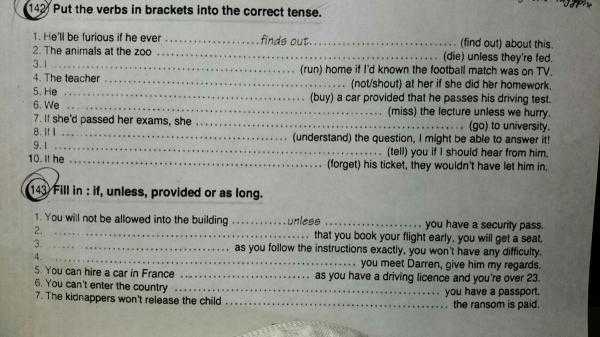 You can even bring gel or liquid-filled teething rings and toys for your little ones on the plane!
You can even bring gel or liquid-filled teething rings and toys for your little ones on the plane!
How much baby food can you take on a plane?
TSA allows baby food in “reasonable quantities” on planes. Basically, this means there is no strict cut-off for how much food you can bring on the plane. Bring only the amount of baby food your baby needs for the trip and you shouldn’t have any problems getting through security.
Can I bring water for baby formula on a plane?
Yes! Again, water for baby formula and babies is permitted by TSA in “reasonable quantities” in carry-on bags. The water for your baby formula will have to undergo the same screening process as the other foods you bring for your baby, but you shouldn’t have any trouble getting it onto the plane.
Bottom line
Whether you’re solo parent traveling or tag-teaming it with little ones, getting your baby’s food through TSA can be a stress-free and hassle-free process. TSA allows formula, breast milk and juices in quantities that exceed 3. 4oz, which is the typical rule, and you’ll be able to bring stocked cooler bags as well if needed. Be sure to give yourself plenty of time to get through security and have the food screened properly, plus keep it in your carry-on bag to make sure you have it with you whenever your baby needs it. After that, all that’s left to do is enjoy your trip with a happy and full baby!
4oz, which is the typical rule, and you’ll be able to bring stocked cooler bags as well if needed. Be sure to give yourself plenty of time to get through security and have the food screened properly, plus keep it in your carry-on bag to make sure you have it with you whenever your baby needs it. After that, all that’s left to do is enjoy your trip with a happy and full baby!
Alexandra Maloney is a contributor for Million Mile Secrets where she covers points and miles, credit cards, airlines, hotels, and general travel. She's worked as a writing consultant for the University of Richmond and is a features writer for The Collegian UR.
More Topics
Family Travel,
General Travel
Editorial Note: We're the Million Mile Secrets team. And we're proud of our content, opinions and analysis, and of our reader's comments. These haven’t been reviewed, approved or endorsed by any of the airlines, hotels, or credit card issuers which we often write about. And that’s just how we like it! :)
Can You Bring Baby Food on a Plane? (TSA & International Rules)
If you’re flying with a baby, you no doubt want to know everything there is to know about bringing baby food on your next flight.
According to TSA regulations, you can bring baby food in both your carry on and checked bags.
But does the type of baby food you want to bring matter?
Is there a limit to how much baby food you can bring with you?
What about baby formula and milk – is that okay to bring too?
Let’s find out.
Can You Bring Baby Food on a Plane?
Carry on Bags
The TSA has a rule in place called the 3-1-1 rule that prohibits passengers from bringing liquids, gels and aerosols in containers larger than 3.4oz/100ml.
Thankfully, this rule doesn’t apply to baby food, so you can bring baby food on a plane in your carry on without any worry.
However, the TSA require you to remove baby food from your carry-on bag to be screened separately from the rest of your belongings.
Checked Bags
You can pack baby food in your checked bags without any additional screening or having anything else to worry about.
If you are planning on bringing a large amount of baby food to your destination, it would be smart to pack the baby food that you need on the flight in your carry on (and maybe a little extra to account for lost luggage) and the rest in your checked bags.
Can You Bring Baby Food on International Flights?
While the TSA only has authority in the U.S., you will find that the same rules apply when flying internationally.
So regardless if you’re flying from or within Canada, Mexico, the UK, Europe, or any other country worldwide, you will be allowed to pack baby food in both your carry on and checked bags.
Does the Type of Baby Food You Want to Bring on a Plane Matter?
The type of baby food you want to bring on a plane makes no difference, whether you want to bring jars, cans, or pouches.
You can bring baby cereal, breast milk and formula, pureed vegetables/fruit/meat/cheese, unsweetened yogurt, mashed food, finger foods, and any other type you want to bring onto a plane in both your carry on and checked bags.
You can also bring ice packs, freezer packs, frozen gel packs and other accessories in your carry on to keep formula, breast milk, toddler drinks, and baby/toddler food cool.
How Much Baby Food Can You Bring on a Plane?
We recommend bringing only the amount of baby food you need to feed your baby for the flight in your carry on, and perhaps a little extra, because the TSA only allows you to bring baby food in “reasonable quantities.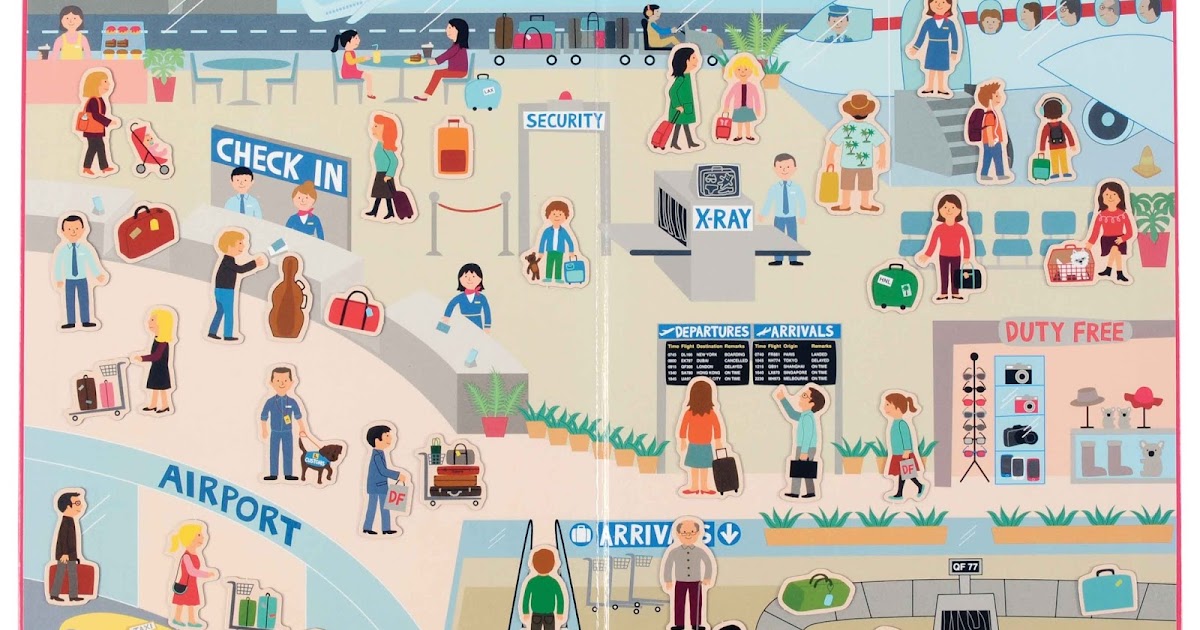 ”
”
Just how much baby food this is is hard to define as it is subjective, with the final decision resting with the TSA officer at the airport.
Will X-Ray Machines Affect Baby Food?
The X-Ray machines used at airports will not adversely affect any baby food you want to bring with you.
If you would still prefer not to have any baby formula x-rayed, you can choose not to by informing a TSA officer who will take additional steps to clear the food, and you may also have to undergo additional screening procedures for yourself and your belongings in your carry on bag.
Will Baby Food Pouches Explode in Checked Bags?
While there’s a small chance that baby food pouches will explode when packed in checked luggage, it is still very unlikely.
If you are worried about this happening, make sure that you pack the pouches in a Ziploc bag to avoid damaging and staining your personal belongings.
How to Pack Baby Food for Air Travel
Here are 3 tips for packing baby food when flying to make sure your next flight goes as smoothly as possible.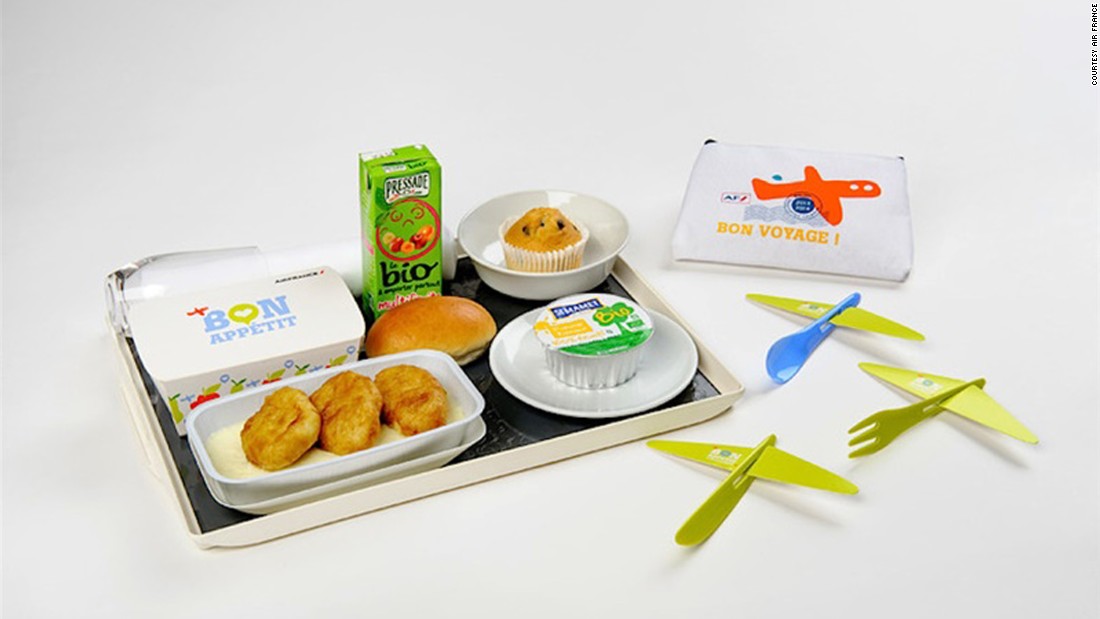
- Bring insulated containers, snack catchers, reusable pouches, bibs, baby wipes, and any other items you may need to store baby food.
- Make sure that you inform a TSA officer that you are traveling with baby food at the beginning of the screening process.
- Make sure that the baby food is easy to reach, as it will require separate screening.
Can You Bring Baby Formula on a Plane?
You can bring baby formula on a plane in both your carry on and checked bags.
The same screening procedures will apply as with baby food.
The TSA do not specific a limit as to how much baby formula you can bring.
Can You Bring Milk for Your Baby on a Plane?
While you are usually not allowed to bring liquids in quantities greater than 3.4oz/100ml in your carry on, there is an exception for milk if it is for your baby.
This is because breast milk is considered to be a medically necessary liquid
Does a Diaper Bag Count as a Carry On?
If you’re planning on packing baby food in a diaper bag, it’s good to know if it is counted as a carry on or personal item.
In the USA and Canada, almost all the major airlines do not count a diaper bag towards your carry on allowance.
Some airlines will count a diaper as a carry on, personal item, or neither.
We go into more detail in our Does a Diaper Bag Count as a Carry On article.
See Also:
- Do Babies Need Ear Muffs for Flying?
- How Soon Can You Travel With a Newborn By Plane?
- Why Do Babies Cry on Airplanes?
- What Do Kids Need to Fly?
- Can You Bring Food Through TSA?
- Can You Bring Fruit on a Plane?
- Can You Bring Yogurt on a Plane?
Frequently asked questions about carry-on baggage
How can I get through security quickly and easily?
Follow these simple steps to get through pre-flight security control faster and without delay:
1. Review the Prohibited Items List here in advance and pack all prohibited items in your checked baggage in advance.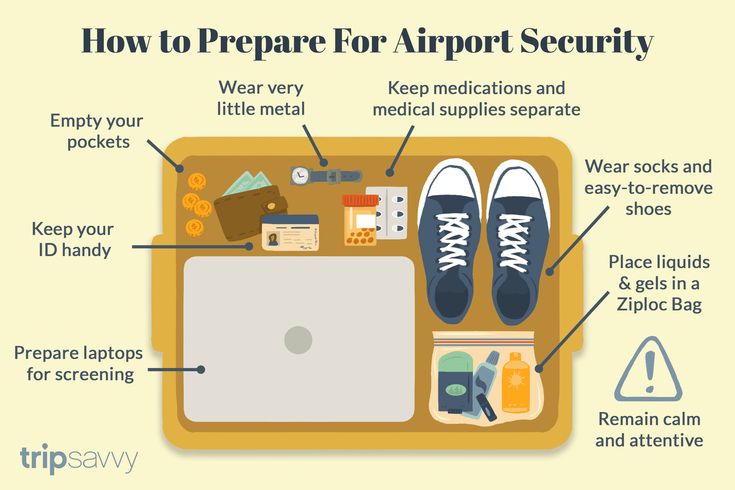
2. If you do pack liquids in your hand luggage, use a 1 liter resealable clear plastic bag that can hold packages smaller than 100 ml (more info here .
3. When you arrive at the security lines, remove the bag of liquids and large electronic devices (such as a laptop, camcorder and camera) from your carry-on baggage and place them in a clothes tray separate from your carry-on baggage.
4. Remove outer clothing and place it in the tray.
5. Remove all contents from the pockets and remove the trouser belt with metal buckle and jewelry that, if passed through the frame, can cause an alarm.
5. Place light items (eg scarves, earmuffs, hats, cardigans) in a bag before placing them in the luggage tray so that they are not damaged by the line rollers. nine0007 It is also necessary to take into account the possibility that, even if there are no prohibited items in the baggage, random control may be carried out in the security control zone, during which a sample is taken from the baggage for explosives. Follow the instructions of the security personnel.
Follow the instructions of the security personnel.
How many bins can I use for my luggage, clothing, etc. at the security checkpoint?
Each line has enough trays for each passenger, so you can use as many trays as you currently need. However, when using a very large number of trays, you should try not to forget your things at the end of the line. nine0005
Where can I get information about prohibited items in hand luggage?
Information about prohibited items in hand luggage can be found here . It should be borne in mind that it is impossible to compile an exhaustive list of prohibited items. The security officer has the right to assess the degree of danger of the item and not allow items not mentioned in the list of prohibited items on board the aircraft if they can be used to cause damage.
nine0002 What is meant by liquids? In aviation safety, liquids are not only products of a completely liquid consistency, such as drinks and perfumes. Liquids also include pastes, cosmetic liquids, liquid/powder mixes and contents of pressure vessels such as toothpaste, hair gel, drinks, soups, syrups, shaving foam and other products of similar consistency. Food products that do not have a solid consistency are also subject to a ban. nine0005
Liquids also include pastes, cosmetic liquids, liquid/powder mixes and contents of pressure vessels such as toothpaste, hair gel, drinks, soups, syrups, shaving foam and other products of similar consistency. Food products that do not have a solid consistency are also subject to a ban. nine0005
How do I pack my creams, toothpaste, etc. for hand luggage?
Liquids in packages up to 100 ml are allowed in cabin baggage if they are packed in a resealable transparent plastic bag with a volume of up to 1 liter so that the bag can be completely closed. One plastic bag is allowed per passenger.
Are bottles of water and other drinks also prohibited?
Yes, if the water bottle is larger than 100 ml, it will not be allowed through security. nine0005
If I have a water bottle larger than 100 ml but empty, is it allowed?
Yes, a completely empty bottle exceeding 100 ml is allowed.
Are medicines allowed in the cabin?
Yes, it is allowed to take medicines and special diet food necessary on the plane in your hand luggage, but please note that all products are subject to inspection in the security control area. We advise you to pack medicines and special dietary foods (including liquid medicines) so that you can take them all out of the bag at the same time to present them to the security officer. nine0005
We advise you to pack medicines and special dietary foods (including liquid medicines) so that you can take them all out of the bag at the same time to present them to the security officer. nine0005
Can I carry cold and cough medicine in my hand luggage?
Cold and cough medicines are allowed in carry-on baggage. Tallinn Airport classifies them as medicines, so they do not need to be classified as other liquids. However, keep in mind that these products are inspected separately. It may happen that the packages are opened.
If you do not need these medications during the flight, we advise you to pack them in your checked baggage.
Can baby food be carried in hand luggage?
Yes, baby food required during the flight is allowed, but please note that in the security control area, all products are subject to inspection. Some products will require a sample to be taken, which means that the packages will have to be opened. Pack baby food so that it can be easily shown to security personnel for inspection.
Pack baby food so that it can be easily shown to security personnel for inspection.
Can I use my own bag for liquids? nine0004
Yes, a passenger can use a personal bag or even a cosmetic bag for liquids. The bag or cosmetic bag must be transparent, resealable and up to 1 liter in volume. The contents must fit well in the bag and the bag must be completely closed.
Is contact lens liquid allowed in hand luggage?
Yes, contact lens liquid is allowed in carry-on baggage. Tallinn Airport classifies it as a medicine, so it does not need to be packed in a liter plastic bag along with other liquids. However, keep in mind that the lens fluid is inspected separately. It may happen that the package is opened. nine0007 If you do not need contact lens fluid during the flight, we advise you to pack it in your checked baggage.
What happens to perfumes, drinks and other liquids that I buy at airport stores?
Alcoholic beverages, cosmetics and other liquids purchased from airport stores are permitted on board the aircraft. If necessary, they are placed in special STEB packages that allow you to take them to your final destination if you are flying through several airports. nine0005
If necessary, they are placed in special STEB packages that allow you to take them to your final destination if you are flying through several airports. nine0005
Are sprat, herring in tomato, bread, jam, honey and other foodstuffs allowed in hand luggage on board the aircraft?
All foodstuffs in solid form (for example: bread) can be carried in hand luggage. Attention should be paid to solid food products that contain liquid (for example: sprat, herring in tomato sauce). In such cases, you need to check the size of the package, which cannot exceed 100 ml or 100 g, depending on the label. nine0005
The package size of a food product in the form of a liquid or cream (for example: jam, processed cheese) may also not exceed 100 ml. This also applies to honey and oil in any condition, the package size of which may not exceed 100 ml or 100 g.
When carrying foodstuffs in hand baggage, please take into account the total size of all relevant liquid containers that must fit in a 1 liter transparent plastic bag that is securely and resealable.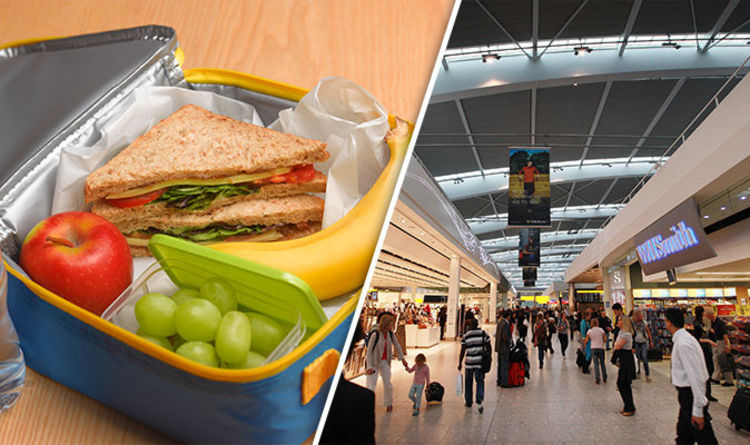 nine0005
nine0005
We advise you to place all foodstuffs in your checked baggage or purchase the necessary foodstuffs after security checks at the airport, in the shops of the terminal. There you can buy various Estonian food products, including honey, Muhu bread, sprat, herring and melted cheese.
Are nail scissors and pocket knives allowed on board?
If the length of the blade of a knife or scissors does not reach 6 cm, then such an item can be placed in hand luggage. But it is best to place all items with sharp ends or edges in your checked baggage. This also applies to other items that may pose a danger to crew members and passengers on board. nine0005
In the control zone, a sample was taken from my hand - what exactly is it about?
This is a test, the purpose of which is to detect the remains of explosives on the body of people and objects. Taking this sample does not mean that you did something wrong, in most cases we are talking about random control.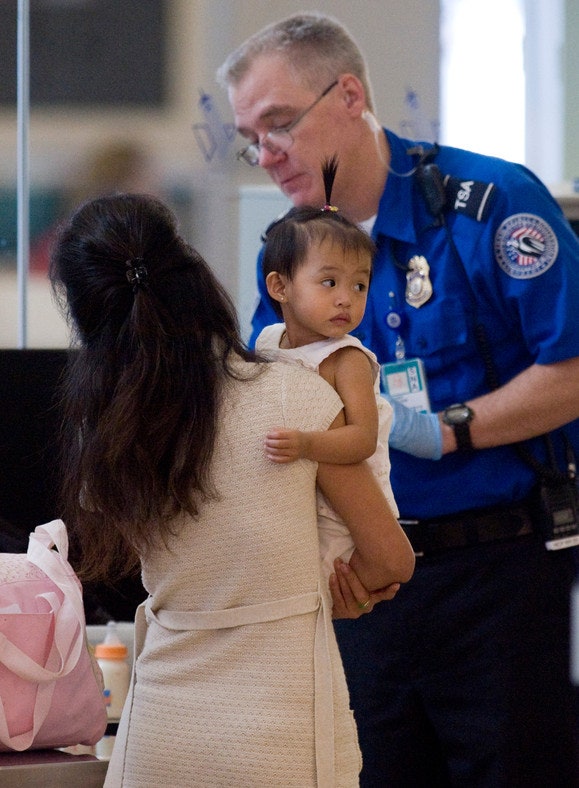
Is the body scanner dangerous for me?
The ProVision 2 body scanner used at Tallinn Airport uses safe broadband radio waves rather than X-rays to screen passengers. According to the manufacturer, it is completely safe for passengers. nine0005
Tallinn Airport is the only airport where such strict rules apply?
No, pre-flight security checks, including both passenger screening and baggage screening, comply with the requirements set out in Regulation (EÜ) No 300/2008 of the European Parliament and of the Council and are carried out in the same way in all EU countries.
What happens to liquids or other prohibited items found during security checks? nine0004
Prohibited items or liquids may be handed over to a security officer who will send them for destruction. More valuable items can be left in the airport storage room (at the airport information point), where you can pick up the item upon returning from your trip.
Are there any special requirements for external batteries (akupank)?
An external battery can only be carried in carry-on baggage, subject to certain conditions. For example, if the capacity of the external battery exceeds 100 Wh, you must have an airline permit with you. External batteries with a capacity of more than 160 Wh are prohibited for carriage. nine0005
Can blue flame lighters be taken on board?
Lighters with a blue flame are not allowed on board the aircraft.
Can I take fireworks or sparklers with me on my trip?
Fireworks and other pyrotechnics may not be taken on board an aircraft, either in hand or checked baggage.
The ban on carrying any liquids into the aircraft has come into force
Many major air harbors have scanners that can tell through packaging whether a liquid is explosive. True, this will take time, which in this case should not be regretted, experts advise.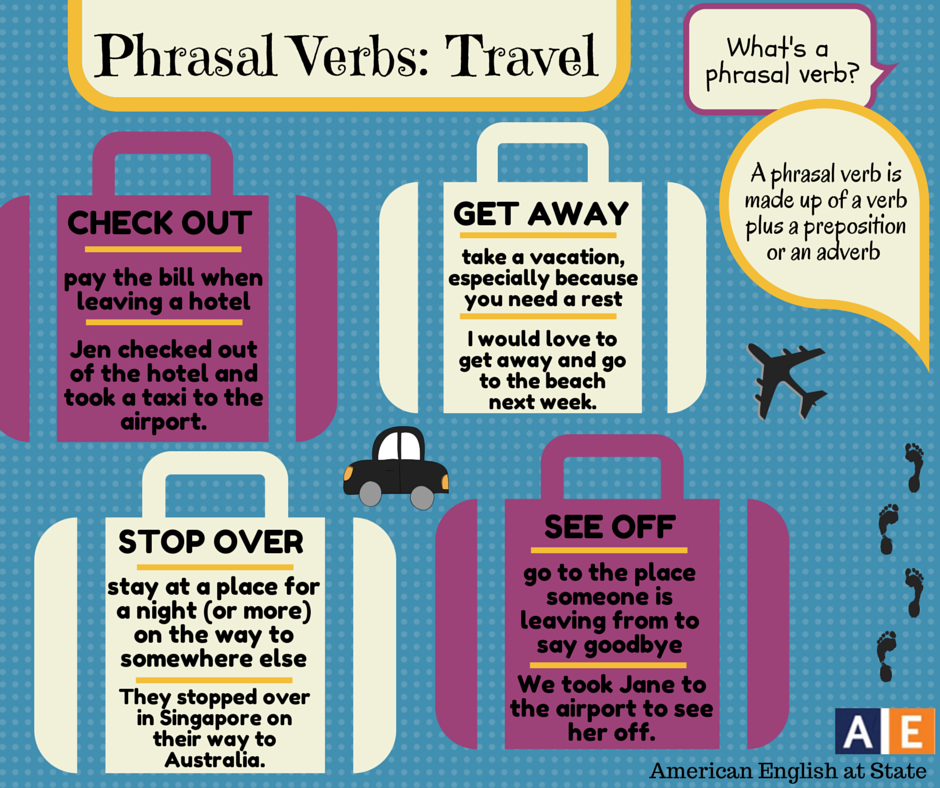 And at our request, they answer the most frequently asked questions of readers.
And at our request, they answer the most frequently asked questions of readers.
Can I enter the airport with liquids and medicines?
You can go to the airport itself. But all this must be packed in a suitcase or bag, which you then check in as baggage when checking in for a flight. In the "clean" departure area, passengers cannot carry any containers (containers, tubes) with liquids, including less than 100 milliliters, in their hand luggage, the Ministry of Transport said in a statement. nine0005
What if you need medicines during the flight and you can't do without them?
Here the Ministry of Transport makes an exception. It is possible for "medicines, special dietary needs, baby food, including mother's milk, in the amount necessary for the duration of the flight." But subject to their identification. An airport security officer will have to inspect the medicines to make sure they are not explosive mixtures. Inspection is required in any case, even if the passenger has a doctor's certificate. There is no need for a thorough check if the goods are bought "in a controlled area, including in Duty free stores," the Ministry of Transport specifies in its telegram. nine0005
There is no need for a thorough check if the goods are bought "in a controlled area, including in Duty free stores," the Ministry of Transport specifies in its telegram. nine0005
How long will the verification take?
It's hard to say exactly. It all depends on what equipment the airport owns. Passengers departing from Pulkovo share information that is no more than three minutes. But still, at least an hour in reserve is better to have. It would not be superfluous to call the airport information desk before leaving and ask how much time you need to have in order to board the plane with your medicine or baby food.
Do all airports have devices for identifying medicines? nine0165
It's not just them. Much when entering the "clean zone" depends on the level of training of employees. After all, they are taught to recognize a person’s emotions, how tense and adequate he is, to look at his gestures and facial expressions. How he responds to requests to show this or that item in the bag and how he answers questions.
There is a device that helps employees to see the emotional mood of a person. This vibroimage is a development of St. Petersburg scientists. The device is even able to find out if the passenger has a headache, if he is telling the truth. People are filmed by a hidden camera, the video image is transmitted to a computer, and a special program determines the psycho-emotional state, scans and displays it on the screen. nine0005
If a person is aggressive, then there is more red in his silhouette. And they start talking to him. If the passenger is suspicious, then he is sent for a personal search. An apathetic passenger, whose aura is lilac or purple, can also be checked. His lack of emotions may indicate the use of psychotropic drugs. But the predominance of yellow, green colors indicates a good mood of the passenger.
Is there a list of approved medicines? nine0165
It is possible that there is. But it is not advertised. And it is understandable, because airport employees should pay attention to all suspicious things.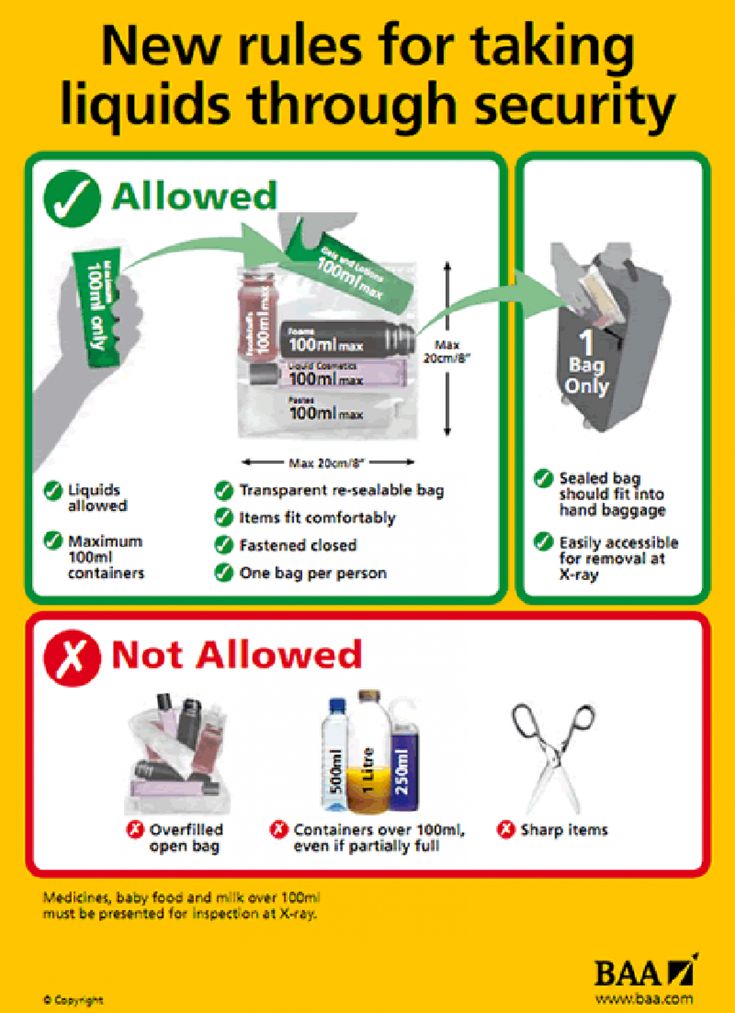 And if they doubt the vials, for example, with "Naphthyzinum", "Valocardin" or in a tube with "Ultraprokt" (even in the original unopened package), they must carefully check them.
And if they doubt the vials, for example, with "Naphthyzinum", "Valocardin" or in a tube with "Ultraprokt" (even in the original unopened package), they must carefully check them.
By the way, each plane has two sets of medicines: a first aid kit and a first aid kit. They are formed before departure by airport doctors, sealed and transferred on board the aircraft, Rosaviatsia explained to RG. So "drops in the nose and from the heart" will always be found. nine0005
If you are flying with a foreign company, do these rules also apply? We read on the Internet that in Europe, on the contrary, they relaxed the requirements for carrying hand luggage.
First of all, this is a temporary measure. Secondly, at all Russian airports, the rules for screening when entering the "clean zone" are the same.
After all, it is from here that the passenger boards his flight. And there is no separate inspection zone for each aircraft. If it were possible to take with you on a Lufthansa plane from Sheremetyevo to Berlin what is prohibited on domestic flights, then, if desired, in the "clean zone" passengers could exchange hand luggage.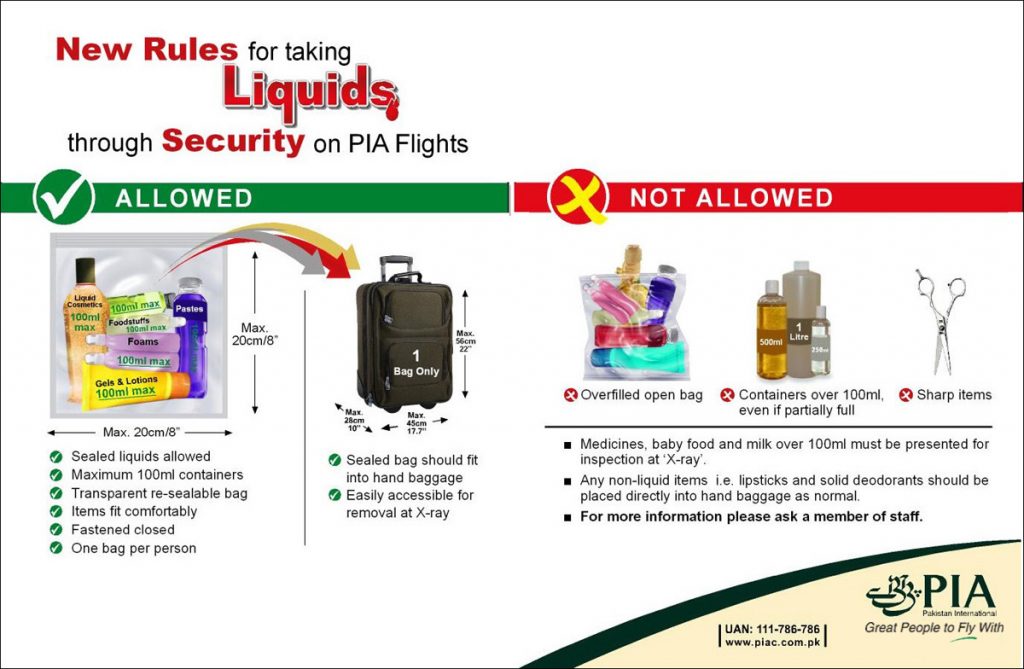 And carry the explosives on either side. Therefore, according to international rules, each country has the right to impose restrictions on hand luggage for security purposes, and all passengers and airlines are subject to this. nine0005
And carry the explosives on either side. Therefore, according to international rules, each country has the right to impose restrictions on hand luggage for security purposes, and all passengers and airlines are subject to this. nine0005
Isn't it dangerous to carry drugs and liquids in the luggage compartment without a close inspection?
According to Transport Minister Maxim Sokolov, "explosives in luggage cannot be set off."
Meanwhile
"We haven't had a single complaint since January 6, when the checks began, that something was illegally confiscated or that passengers were late due to a long inspection," Sheremetyevo spokesman Roman said. Genis. Passengers, he said, understand the situation. The RG correspondents who were on duty at Russian airports these days were also convinced of this. “We put everything in our luggage, even our favorite perfumes. If we choose between security and some inconvenience, we choose security,” Natalya Penkina, who leaves Rostov-on-Don with her husband to work in Khabarovsk, told RG. 0005
0005
Although everyone who is going to fly still has a lot of questions. For example, it may happen that a person is stuck at the airport due to bad weather, and the medicines that he is required to take strictly at the allotted time are checked in. What to do? “In such a situation, a passenger can ask for the return of luggage. For this, we have a special room where, in the presence of an airline employee, he can take the necessary drug, and the suitcase will be sent back to luggage,” Elena Krylova, spokeswoman for Vnukovo Airport, explained to RG. . nine0005
We also found a way to help mothers with children in Vnukovo. You cannot take jars with diluted baby food with you to the "clean zone", but packages with dry ones are welcome. Therefore, all cafes were ordered to provide nursing mothers with places to heat milk and prepare meals.
Oleg Mikhailov, the head of the inspection shift of the aviation security service at Tolmachevo Airport in Novosibirsk, told RG that for passengers who, for some reason, are not able to hand over liquids prohibited for transportation in luggage and refuse to throw them away, there is a temporary storage warehouse for things prohibited to air travel. “I emphasize that this is a free service. In the warehouse, the item that was seized from you can be stored for up to 60 days,” Mikhailov specified. nine0005
“I emphasize that this is a free service. In the warehouse, the item that was seized from you can be stored for up to 60 days,” Mikhailov specified. nine0005
You can also give something that you cannot take in your hand luggage to those who are seeing you off. Indeed, at the entrance to the airport, as we have already found out, no one will force you to hand over tubes of cream or toothpaste.
The de facto enhanced hand luggage inspection regime began to operate on January 6th. The Federal Air Transport Agency sent its directive to Russian airports to temporarily ban the carrying of various cosmetics and liquids in hand luggage on board the aircraft. The ban also did not include medicines that are required by passengers on an ongoing basis. And with the same condition - it is necessary to pass a thorough inspection. nine0005
In the near future, it is expected that the order of the Ministry of Transport on amendments to the Rules for conducting pre-flight and post-flight inspections, approved on July 25, 2007, will be published. It has already been signed by the head of the department. Now the document is undergoing the approval process, including in the Ministry of Justice, RG was told in the ministry. And before it came into force, the Ministry of Transport sent a government telegram, in which it demanded that the leaders of the Federal Air Transport Agency and Rostransandzor inform domestic airports and airlines flying from Russia on January 11 about additional security measures regarding pre-flight screening of passengers. nine0005
It has already been signed by the head of the department. Now the document is undergoing the approval process, including in the Ministry of Justice, RG was told in the ministry. And before it came into force, the Ministry of Transport sent a government telegram, in which it demanded that the leaders of the Federal Air Transport Agency and Rostransandzor inform domestic airports and airlines flying from Russia on January 11 about additional security measures regarding pre-flight screening of passengers. nine0005
Prepared by: Elena Peteshova, Larisa Ionova, Nina Ruzanova, Inga Bugulova
First aid kit
There are two sets of first aid kit and first aid kit on board.
First aid kit. List of contents:
- antiseptic swabs (pack of 10)
- adhesive bandages (strips of adhesive plaster)
- gauze bandage, size 7.5 cm 4.5 m
- safety pin bandage with
- anti-burn dressing, size 10 10 cm
- sterile compression dressing, size 7.
 5 12 cm
5 12 cm - sterile gauze dressing, size 10.4 10.4 cm
- adhesive tape, width 2.5 cm (roll)
- or similar adhesive strips)
- hand cleaner or disinfectant wipes
- visor pad or eye tape
- 10 cm blunt scissors
- surgical tape 1.2 cm 4.6 m
- splinter forceps
- disposable gloves (pair)
- thermometers (non-mercury)
- resuscitation mask with non-return valve for artificial respiration
- first aid manual (current edition)
- help form 10 pcs
Medications
- mild/moderate pain reliever
- antiemetic
- nasal congestion
- antacid (anti-acid) agent
- antihistamine
- antidiarrheal agent
Universal preventive kit (paramedic). List of contents:
- dry powder that turns a small amount of spilled liquid into a granular gel
- germicidal disinfectant for cleaning surfaces
- form of assistance on board the aircraft in the flight 5 pcs.




